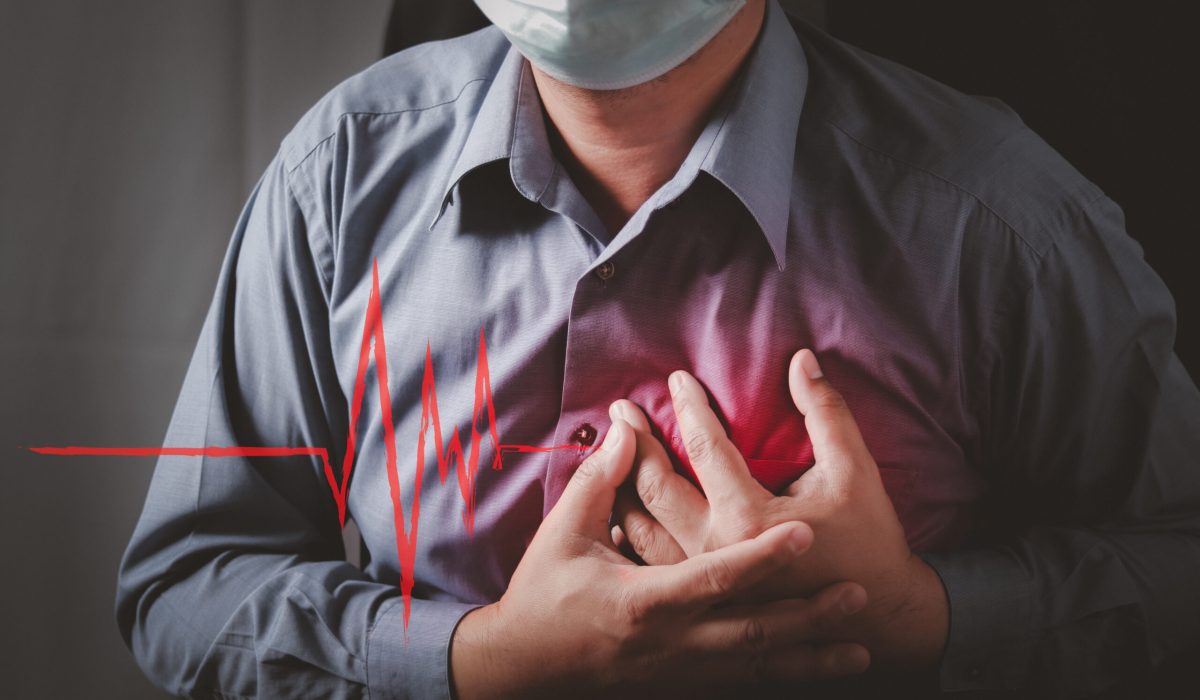What Is Cardiac Arrest?
Cardiac arrest is a sudden stop in the heart’s function. Because the heart stops pumping blood, the body does not get oxygen. As a result, this can be life-threatening. Cardiac arrest is different from a heart attack, but both are emergencies. In the United States, cardiac arrest affects thousands of people each year. Knowing cardiac arrest symptoms can help save lives.
Main Cardiac Arrest Symptoms
Recognizing cardiac arrest symptoms early is very important. The main signs often appear suddenly. However, sometimes there are warning signs before the event. Here are the most common symptoms:
Sometimes, people may have warning signs before cardiac arrest. These can include:
How to Recognize Cardiac Arrest Symptoms in Yourself or Others
It is important to act fast if you notice these signs. If someone suddenly collapses and does not respond, check for breathing and a pulse. If you do not see normal breathing or cannot find a pulse, this may be cardiac arrest. In some cases, the person may gasp or make strange sounds. Even so, this is not normal breathing. Always treat it as an emergency.
If you feel chest pain, shortness of breath, or dizziness, do not ignore it. These can be early signs. Call for help right away, especially if you have risk factors like heart disease or high blood pressure.
The Importance of Early Recognition and Immediate Action
Every second counts during cardiac arrest. According to the American Heart Association, quick action can double or triple the chance of survival. If you recognize the symptoms, you can help save a life. Early recognition and emergency response for cardiac arrest are key steps.
What to Do If Cardiac Arrest Is Suspected
If you think someone is having cardiac arrest, follow these steps:
Even if you are unsure, it is better to act quickly. Delaying can lower the chance of survival.
Prevention Tips and Healthy Lifestyle Advice
While not all cases can be prevented, you can lower your risk. Here are some tips:
For people with heart conditions, always take your medicines as prescribed. Also, talk to your doctor about your risk for cardiac arrest.
Summary
Recognizing cardiac arrest symptoms can save lives. Because symptoms often appear suddenly, quick action is vital. If you see someone collapse, check for breathing and a pulse. Then, call emergency services and start CPR if needed. Prevention is also important. Living a healthy lifestyle can lower your risk.
If you suspect cardiac arrest, call emergency services immediately and consult a healthcare professional for personalized advice.
